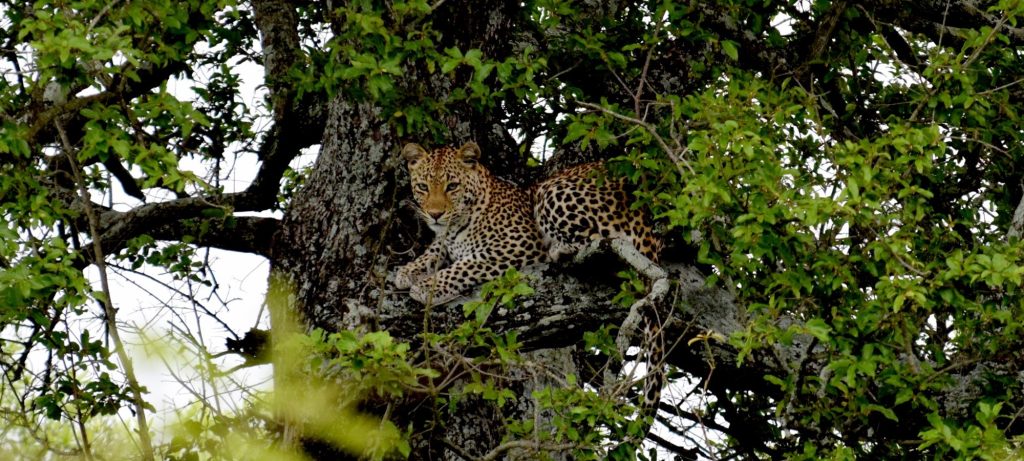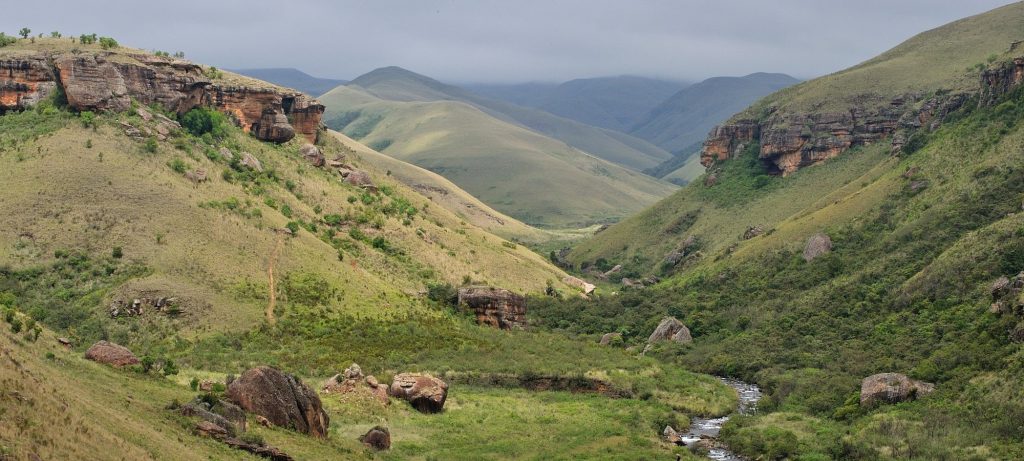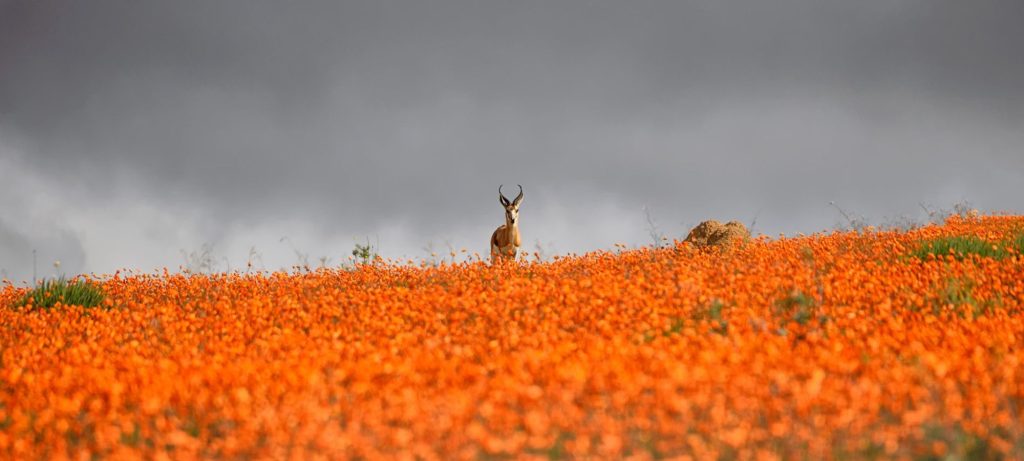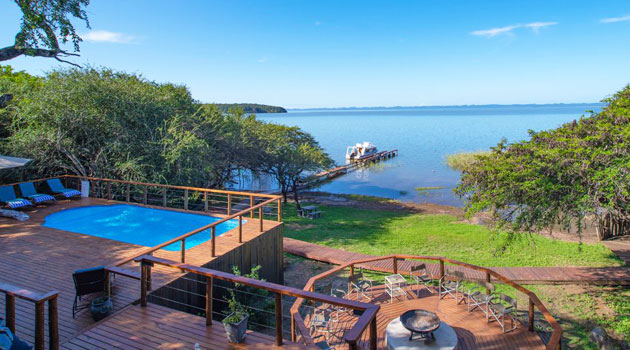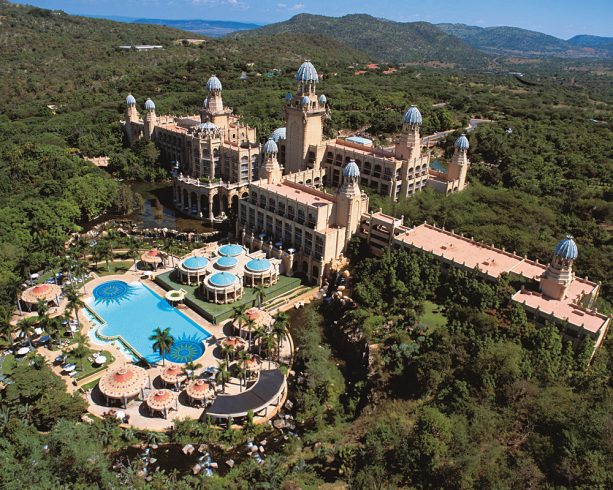South Africa Top Destinations
Addo Elephant National Park
The Addo Elephant National Park, established in 1931, owes its existence to the dedicated efforts of Sydney Skaife. Its primary purpose was to create a safe haven for the last remaining eleven elephants in the region. Located near Port Elizabeth in South Africa, this conservation park is renowned for its rich biodiversity and is counted among the country’s 19 national parks. With its impressive size, it currently holds the third position, following Kruger National Park and the Kgalagadi Transfrontier Park. Over the years, the park has achieved remarkable success, now providing a home to more than 600 elephants and a wide variety of other mammal species.
By Road/Air:
Most tourists visiting Addo Elephant National Park arrive at either O.R. Tambo International Airport (JNB) in Johannesburg or Cape Town International Airport (CPT) in Cape Town. You have the option to begin your tour from either of these airports, either by joining an organized safari or by embarking on a self-drive adventure. Many travelers choose to drive from Cape Town to Addo along the scenic Garden Route, typically taking a week or two to complete the journey. Once you arrive at one of the major airports in South Africa, you can catch a connecting flight to Port Elizabeth Airport (PLZ) and rent a car from there. The park is located just over 70km/43mi away from the airport, accessible via a well-maintained tar road. Various local airlines offer domestic flights to Port Elizabeth, allowing you to conveniently reach your destination.
The original park has subsequently been expanded to include the Woody Cape Nature Reserve that extends from the Sundays River mouth towards Alexandria and a marine reserve, which includes St. Croix Island and Bird Island. Both of these islands are an important breeding habitat for gannets and penguins, not to mention a large variety of other marine life. Bird Island is home to the world’s largest breeding colony of gannets and also hosts the second largest breeding colony of African penguins, the largest breeding colony being St. Croix island. More than 600 elephants, 400 Cape buffaloes, over 48 endangered black rhinos as well as a variety of antelope species. Transvaal lion and spotted hyena have also recently been re-introduced to the area. The largest remaining population of the flightless dung beetle is located within the park.
The region falls under the classification of semi-arid to arid, with an annual average rainfall of less than 445mm. The precipitation is fairly evenly spread throughout the year, with two notable peaks occurring in February-March and October-November. Occasional frost can be experienced during the winter season.
In this particular part of the park, there is no natural water source available, and the majority of waterholes are supplied by boreholes. While there are a few small pans in the area, they typically remain dry unless there is an extraordinary amount of rainfall in a given year.

